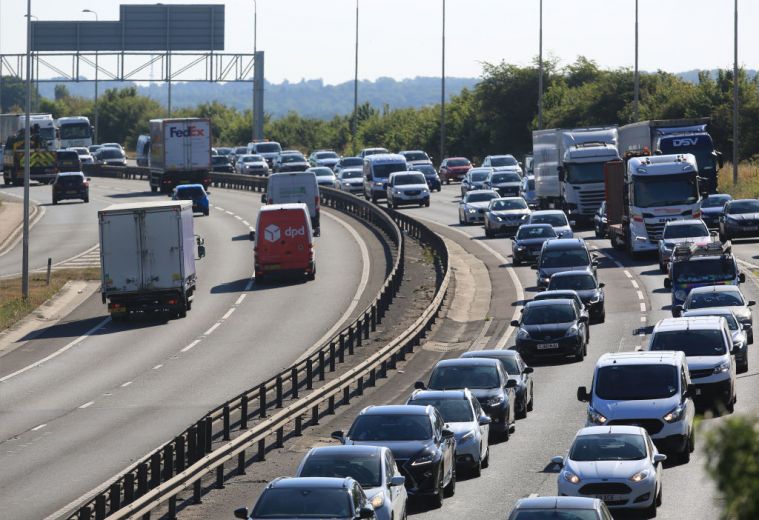The ‘Amber Extreme heat warning’, is an impact-based warning system that is used to protect lives and help the public prepare accordingly.
Temperatures across the UK are set to soar over the weekend until Wednesday next week.
Met Office Deputy Chief Meteorologist Tony Wardle said: “Maximum temperatures have been well above average almost everywhere in the UK this week, the exception perhaps being the Western and Northern Isles of Scotland.
“Following a return to nearer average, locally rather cool temperatures over the next few days, the hot weather looks likely to steadily ramp up once again this weekend, peaking early next week.
“From Sunday, but more likely Monday and Tuesday, peak maximum temperatures are likely be in excess of 35°C, especially across central, southern, and eastern England, with a chance of some locations being even hotter. Elsewhere, maxima will generally range from high 20s to low 30s of Celsius.
“This, coupled with overnight minima not falling below 20°C in many locations, has considerable potential to cause widespread societal impacts, which is behind the issue of an Amber Extreme heat warning.”
With temperatures set to create problems across the country – the RAC is advising drivers to be prepared for when they get behind the wheel.
The summer months are often very tough on vehicles, as they have to battle baking sun, busy traffic, and humid conditions – all of which can lead to problems with your vehicle. Therefore, avoiding a summer breakdown is important for all, and understanding the common things that happen to your vehicle in extreme heat.
RAC Breakdown spokesman Rod Dennis said: “An amber warning for extreme heat over such a wide area is rare and as a result we strongly urge drivers in England and Wales to think carefully before they drive, and do everything they can to avoid a breakdown.
“This starts with checking the coolant and oil levels under the bonnet when the engine is cold. Oil should be topped up if it’s low, and if coolant isn’t between the ‘min’ and ‘max’ levels then drivers should top it up – or take it to a reputable garage to get it checked without delay.”
And it isn’t just the cars you need to keep in optimum condition.
Dennis continues: “Anyone who has to take to the roads in these temperatures should ensure they carry plenty of water with them and an additional camping-style water carrier is a good idea so they can top up as needed, and keep their passengers as cool and comfortable as possible too.
“Starting journeys early in the morning or later in the evening is also a good idea, to avoid the hottest parts of the day. Think very carefully before carrying pets in cars in these sorts of temperatures as well, and also be prepared to keep dogs under control should you have to leave your car in the event of a breakdown. It’s also advisable to carry plenty of water – including a dog bowl if necessary – as well as an umbrella and hats for shade while waiting for assistance.
“If temperatures were to go as high as around 40°c as some are predicting, then people should question their decision to drive in the first place.”

SALE – up to 40% off*
Roadside & Recovery from £5.29 a month*
• Cheaper than AA Price Promise or we’ll beat by 20%^
• We get to most breakdowns in 60 mins or less
• Our patrols fix 4/5 breakdowns on the spot










